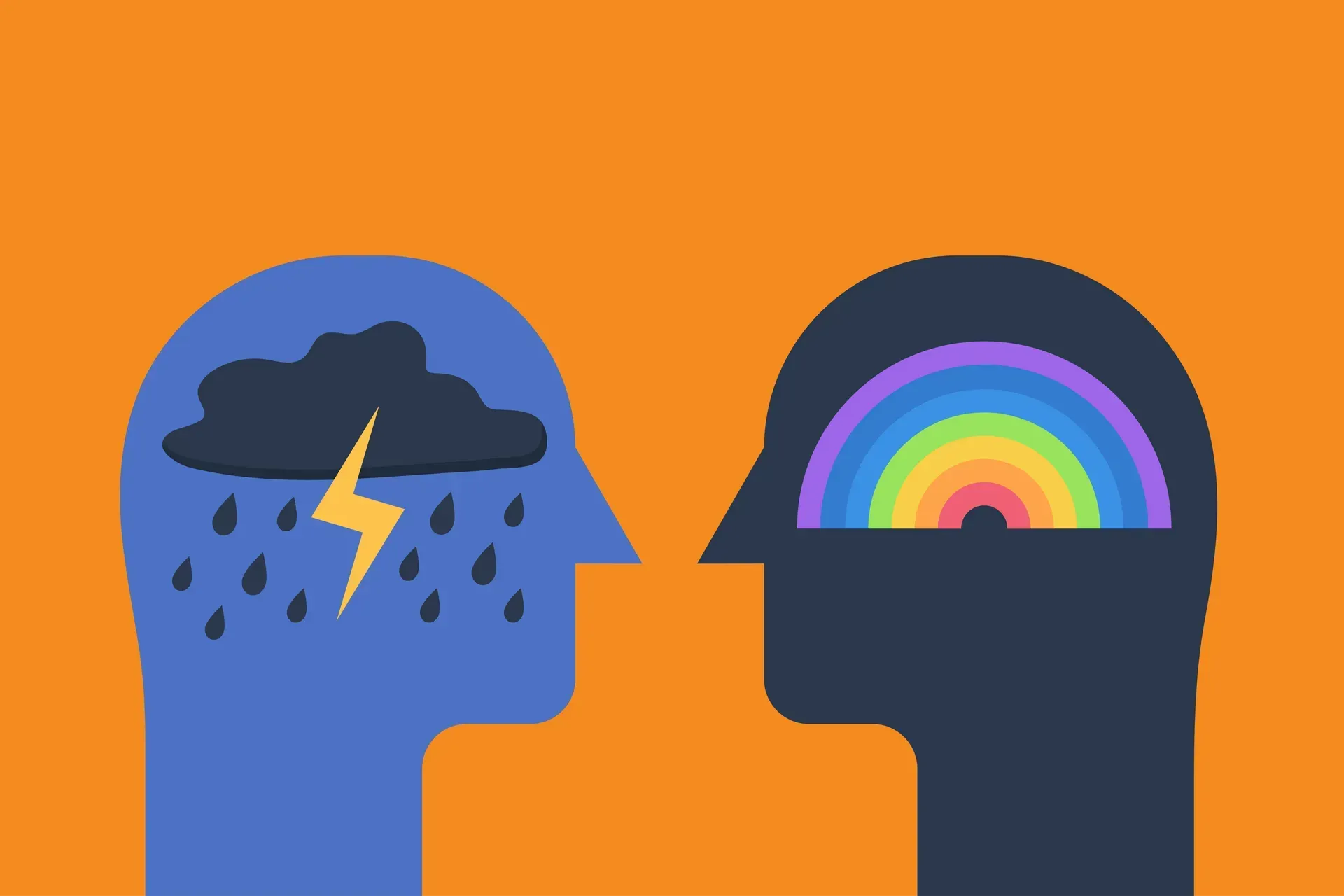Tech Trends: Revolutionising Australian Education
The rapid evolution of technology is transforming education in ways we could have never imagined a decade ago. From virtual classrooms to AI-driven learning tools, the integration of digital innovation is revolutionising how teachers teach and how students learn. In Australia, these tech trends are reshaping education, providing new opportunities for engagement, accessibility, and personalised learning experiences. Let’s explore the latest technology trends that are making a significant impact on the education landscape.
1. Online and Blended Learning
The COVID-19 pandemic accelerated the adoption of online learning, but its benefits have extended beyond emergency situations. Many Australian schools are now incorporating blended learning models, which combine in-class instruction with online resources. This allows students to learn at their own pace, access materials from anywhere, and develop digital literacy skills that are essential in today’s world. Online learning platforms also offer flexible access to diverse subjects and specialised content that may not always be available in traditional classrooms.
2. Artificial Intelligence (AI) in Education
AI is quickly becoming a powerful tool in education, with applications that range from personalised learning experiences to administrative support. In the classroom, AI can be used to analyse student performance data and tailor lessons to individual learning needs, helping teachers identify where additional support may be required. Outside the classroom, AI-powered tools can assist in administrative tasks, such as grading and organising resources, allowing teachers more time to focus on what they do best—teaching.
3. Virtual and Augmented Reality (VR/AR)
VR and AR technologies are creating immersive learning environments where students can experience history, science, and geography in ways never before possible. Imagine a history lesson where students virtually walk through Ancient Rome or a science class where they explore the inside of a cell in 3D. These technologies not only make learning more engaging but also provide opportunities for deeper understanding by allowing students to interact with complex concepts in a hands-on, visual way.
4. Gamification of Learning
Gamification involves applying game elements like points, rewards, and challenges to the learning process. In Australian classrooms, gamified learning is being used to motivate students and make learning fun. Whether through educational apps, quizzes, or competitive classroom activities, gamification promotes active participation and helps reinforce learning in a dynamic, memorable manner. It's particularly effective for students who thrive on competition or those who may struggle with traditional learning methods.
5. STEM and Coding Education
As Australia continues to push forward in preparing students for future careers, the focus on STEM (Science, Technology, Engineering, and Mathematics) and coding education is gaining momentum. Schools are increasingly incorporating coding into their curriculums, often through the use of educational robots, coding apps, and programming challenges. These initiatives are designed to develop critical thinking, problem-solving, and digital skills in students, equipping them for a future driven by technology.
The rise of these tech trends is revolutionising education across Australia. By embracing new technologies, educators can create enriched learning environments that prepare students for the rapidly changing world. As technology continues to evolve, it will be exciting to see how it further enhances the educational experience for both teachers and students.



Employers
Job Seekers
Contact information
Phone: 07 2113 4041
Email: welcome@harke.com.au
Address: 84 Wises Rd, Sunshine Coast QLD 4556, Australia
@ 2024 HARKE | Sitemap | Privacy Policy | Powered with 🖤 by Shazamme






